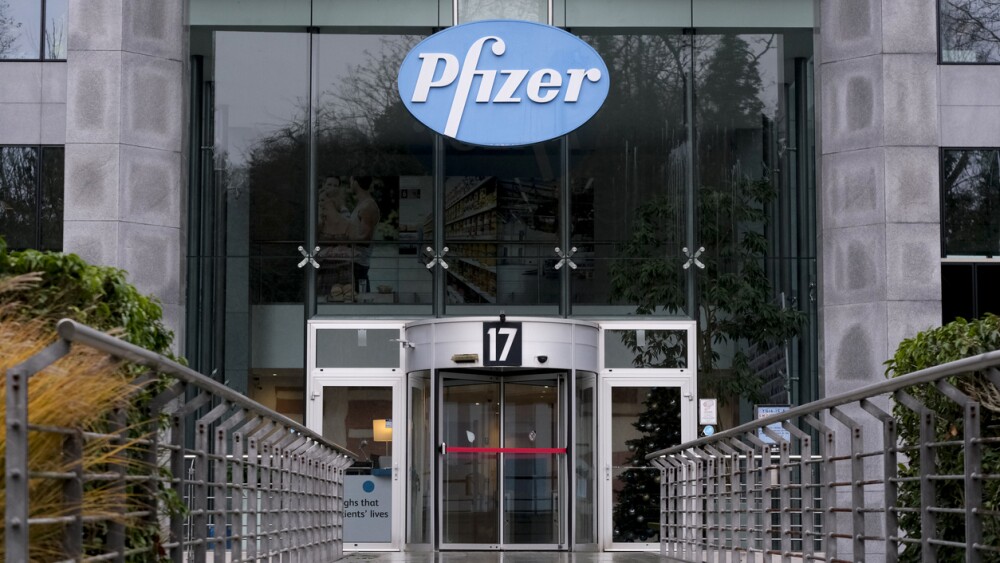Ultracompact CRISPR systems, which are in some cases one-third the size of Cas9, are being designed to be more specific and enable in vivo gene editing in difficult to reach tissues.
Just over a decade after Jennifer Doudna and Emmanuelle Charpentier discovered CRISPR/Cas9, Vertex Pharmaceuticals and CRISPR Therapeutics’ Casgevy in December 2023 became the first FDA-approved therapy utilizing the genome editing technology. While the Cas9 enzyme is a simple yet powerful tool for editing genomes, it has limitations, including its large size.
In particular, there is a need for smaller enzymes that can be efficiently packaged into adeno-associated viruses (AAVs) to deliver genetic material into host cells. With Casgevy, cells are extracted, edited in a lab and reinserted into patients—a time-intensive, inefficient and costly process.
Stanley Qi, an associate professor of bioengineering at Stanford University and co-inventor on the CRISPR patent held by the University of California, where he earned a doctorate in Doudna’s lab, told BioSpace that smaller systems have the edge over Cas9 when it comes to in vivo applications.
CasMINI, developed by Qi’s Stanford lab, is a modified form of Cas12f that is less than half the size of Cas9 and has been licensed for human use to epigenetic editing startup Epic Bio. Qi, who is the scientific founder of Epic Bio, contends that CasMINI “can very comfortably fit into a single AAV” to make delivery more efficient.
“Whenever we put anything into the human body, the number one thing is that it’s very safe and then that it’s very efficient,” Qi said.
For her part, Doudna is a co-founder of Mammoth Biosciences and Scribe Therapeutics—two other companies looking to overcome Cas9’s limitations for in vivo use.
Moving Beyond Delivery Challenges
Ultracompact CRISPR systems, which in Mammoth’s case are one-third the size of Cas9, are designed to be more specific and enable in vivo gene editing in difficult to reach tissues, according to CEO Trevor Martin.
“Delivery is the big problem,” Martin told BioSpace. “The Casgevy approval is a huge milestone but that is ex vivo. The next step in what we’re focused on is tackling the vast majority of genetic disease, which is going to require systemic injection and frankly getting beyond delivery—and that’s where we think these ultracompact systems will be transformative.”
Mammoth’s tiny CRISPR systems leverage both nuclease applications and new modalities beyond double strand breaks, including base, reverse transcriptase and epigenetic editing. According to Mammoth, the small sizes of its NanoCas and CasPhi nucleases overcome the limitations of viral and nonviral delivery that are a challenge for legacy proteins like Cas9.
In April 2024, Mammoth and Regeneron Pharmaceuticals announced a collaboration to research, develop and commercialize in vivo CRISPR-based gene editing therapies that can be delivered to tissues beyond the liver, to which they contend most gene editing treatments are currently limited.
Under the agreement, which included a $100 million upfront payment and equity investment from the larger pharma company, Mammoth’s ultracompact CRISPR systems are intended to address the size constraints of viral delivery and complement Regeneron’s targeted AAV technologies.
Mammoth also has a strategic collaboration with Bayer, as well as a separate partnership with Vertex, for the use of its CRISPR systems to develop in vivo gene-editing therapies for multiple indications.
CRISPR 2.0, The Next Generation
Martin contends that Mammoth’s ultracompact systems can fit into AAVs while being delivered much more easily and specifically to avoid off-target effects. He sees that as a huge advantage compared to legacy technologies in terms of safety and what diseases can be targeted.
Autosomal dominant disorders are an area where ultracompact CRISPR systems can address “these types of diseases that have been a huge challenge for something like Cas9 and the legacy technologies because they just don’t have that same specificity,” according to Martin.
Benjamin Oakes, CEO of Scribe Therapeutics, told BioSpace that his company’s genome and epigenome editing tools are highly potent, effective and specific but “don’t look anything like Cas9—which is what pretty much everyone else in the field is using.”
Cas9 has been the “go-to” because it was the first and “it works well enough,” Oakes said. However, Scribe utilizes CasX, which is smaller than Cas9 and small enough to be delivered via a single AAV, with additional room for multiplexed single guide RNAs.
“We’ve chosen this one scaffold, if you will. This one foundational molecule called CasX, because it has a lot of unique characteristics,” Oakes said. “It’s essentially an entirely different protein from Cas9. It’s significantly smaller and allows us to use many different delivery vehicles.”
The company is pioneering a data-driven engineering approach—CRISPR by Design—that enables Scribe to build systems that allow for different genome editing outcomes than what’s possible with Cas9, including changing the protospacer adjacent motif (PAM) specificity to make molecules that are more targeted to a specific site that is therapeutically important.
Scribe is collaborating with Biogen to develop CRISPR-based therapies for amyotrophic lateral sclerosis, a partnership that was expanded in 2022 to a second target. That same year, the company announced an initial research collaboration with Sanofi for CRISPR-based ex vivo cell therapies to address oncology indications, expanding the agreement in 2023 to advance in vivo medicines for sickle cell and other genomic diseases.
Earlier this year, Sanofi exercised an option for a second target. Scribe also announced a collaboration with Eli Lilly subsidiary Prevail Therapeutics in May 2023 to develop in vivo CRISPR-based genetic medicines for neurological and neuromuscular diseases.






